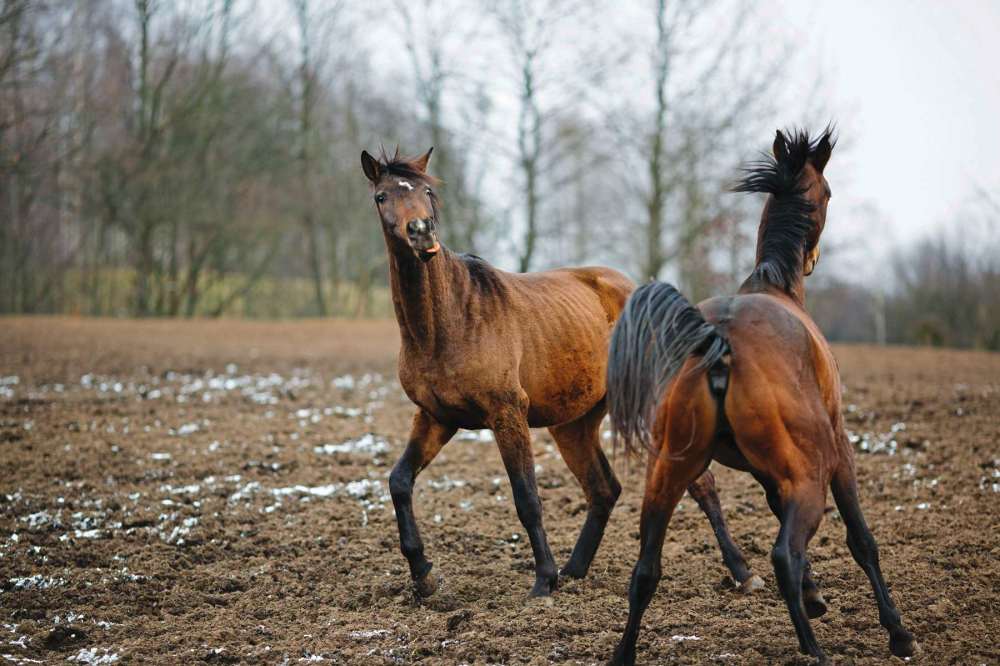Is your horse clumsy or is it something more?
Advertisement
Hey there, time traveller!
This article was published 19/03/2019 (2413 days ago), so information in it may no longer be current.
Horses can be goofballs —jumping around with herd mates and galloping across open fields for no good reason but if you notice that your horse is clumsy or tripping and falling when it is playing, there may be a nervous system issue you need to have checked out by your vet
Horses are large, fast-moving animals that require precise co-ordination of their feet and legs to make those impressive gallops across the field.
The nervous system has ultimate control of the muscles and bones. Beginning with the brain, where co-ordination of movement is initiated and then transmitted down the spinal cord to eventually end at the peripheral nerves and motor nerves that stimulate movement.
Horses have a particularly long transit for the signal from the brain to the motor nerves in the hind limbs, and this is where we most often see ‘inco-ordination’ or ataxia.

Some of the signs of ataxia are tripping during regular activity and pasture turnout, falling without reason, prolonged or irregular crossing of the legs when standing, weakness in the hind end (lack of impulsion, inability to hold gaits, feeling like the front end isn’t talking to the hind end).
Sometimes the deficits are subtle and perhaps only noticed during particularly complex movements such as in dressage, or the deficits can be more pronounced and are obvious if you watch the horse move without a rider.
Recognition of the signs and consulting an equine vet is the first step to ruling out neurological deficits.
There are many causes of neurological deficits. These include arthritis in the vertebral joints in the neck, narrowing of the vertebral column due to developmental issues, viruses, bacteria, parasites or protozoa affecting the nervous system, trauma to the vertebra or spine and, unfortunately, masses or tumours, etc.
Your veterinarian will perform a neurological exam, which will cover the nervous system from head to tail. With that information in hand, the next step may be X-rays of the neck or back.
In some cases, a bone scan may be required to help localize the area of damage. Horses with cervical (neck) issues may also need a myelogram (a special dye is injected that allows a vet to see the outline of the spinal cord on X-rays).
Once your vet has determined the cause, then treatment options can be discussed. Many neurological deficits can be treated now either with medications, supplements or in some cases, surgery.
Chris Bell is an equine veterinarian and surgical specialist who operates Elders Equine Veterinary Service, with clinics in Cartier and Winnipeg. See www.eldersequineclinic.com.




